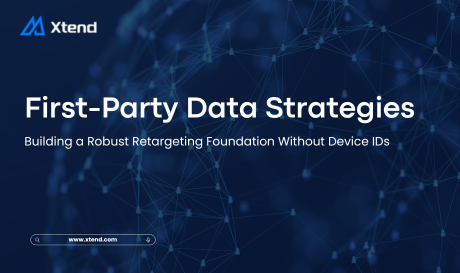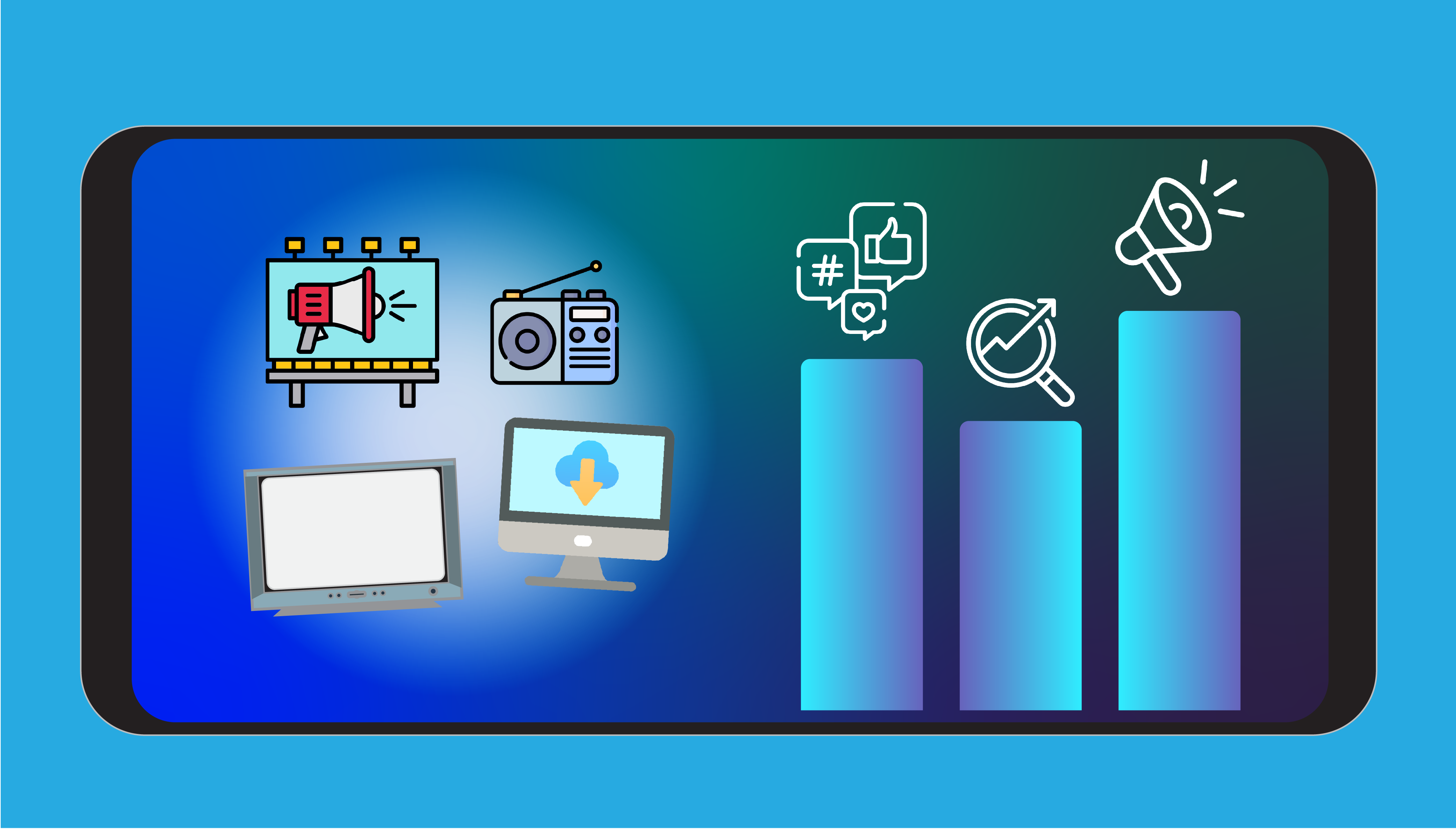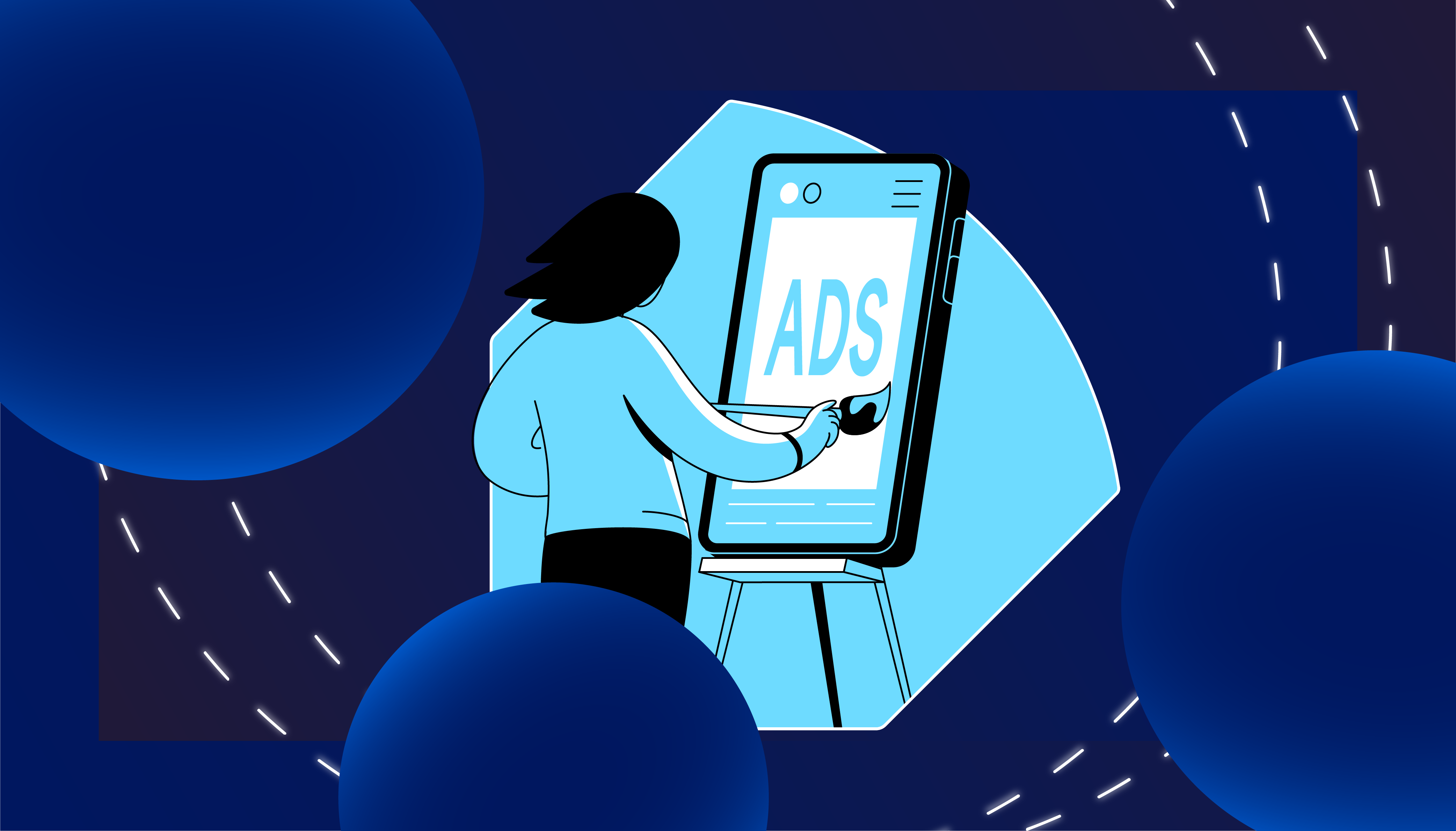In today's privacy-first digital landscape, first-party data has become the gold standard for mobile app marketing. As device IDs become less reliable and privacy regulations tighten, smart marketers are turning to their own data to power effective retargeting campaigns. Here's how to build and leverage your first-party data strategy effectively.
Why First-Party Data Matters Now
The mobile marketing world has changed dramatically:
- Apple's privacy changes have limited IDFA access
- Android is moving away from GAID
- Privacy regulations are getting stricter globally
But here's the good news: first-party data gives you direct insights into your actual users, making it more valuable than third-party data ever was.
Building Your First-Party Data Foundation
1. Smart Data Collection
Start collecting the right data from day one:
- In-app behavior patterns
- Purchase history
- Content preferences
- App usage frequency
- Feature adoption rates
2. Create Value Exchange
Users will share data if they get something valuable in return:
- Personalized experiences
- Exclusive content
- Better app features
- Special offers
- Enhanced functionality
3. Authentication Strategy
Encourage users to identify themselves:
- Easy sign-up process
- Social login options
- Progressive profiling
- Clear privacy policies
- Optional authentication with benefits
Making the Most of Your First-Party Data
1. Segmentation That Works
Group your users intelligently:
- Usage patterns
- Purchase behavior
- Engagement levels
- Content preferences
- App features used
2. Personalization Opportunities
Use your data to create better experiences:
- Customized content recommendations
- Tailored push notifications
- Personalized in-app messages
- Relevant email campaigns
- Custom offers based on behavior
3. Predictive Analytics
Use patterns to predict future behavior:
- Churn risk identification
- Purchase likelihood
- Feature adoption probability
- Engagement predictions
- Lifetime value estimates
Privacy-First Implementation
1. Data Protection
Keep user trust with strong privacy measures:
- Transparent data policies
- Clear opt-in/opt-out choices
- Regular privacy audits
- Data encryption
- Limited data retention
2. Consent Management
Make consent gathering user-friendly:
- Clear value proposition
- Simple language
- Granular choices
- Easy management
- Regular consent refreshes
Activation Strategies
1. Email Marketing
Build email campaigns using:
- Behavior triggers
- Engagement scores
- Custom segments
- Testing and optimization
- Personalized content
2. Push Notifications
Create smart push strategies:
- Time optimization
- Behavior-based triggers
- Personal preferences
- Location awareness
- A/B testing
3. In-App Messages
Target users while they're engaged:
- Feature announcements
- Behavioral triggers
- Personalized offers
- Usage tips
- Feedback requests
Measuring Success
Track these key metrics:
- User retention rates
- Engagement levels
- Conversion rates
- Customer lifetime value
- Return on ad spend
Best Practices for 2024
1. Start Small, Scale Smart
- Begin with basic segmentation
- Test and learn
- Gradually add complexity
- Monitor results
- Adjust strategies
2. Focus on Quality
- Clean data collection
- Regular data audits
- Updated user profiles
- Fresh consent records
- Accurate segmentation
3. Stay Agile
- Monitor privacy changes
- Adapt to user feedback
- Test new approaches
- Measure results
- Optimize continuously
Looking Ahead
First-party data will only become more valuable. Focus on:
- Building trust with users
- Creating value exchanges
- Maintaining data quality
- Respecting privacy choices
- Continuous optimization
Key Takeaways
- First-party data is your most valuable asset
- Focus on collecting quality, actionable data
- Create clear value exchanges with users
- Keep privacy at the forefront
- Test and optimize continuously











